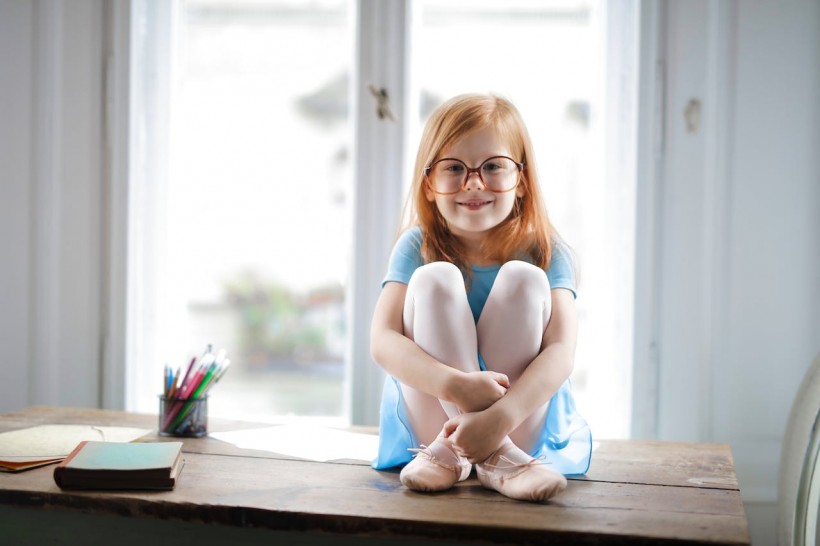Kids Are More at Risk for Myopia: Why and What to Do About It

In recent years, an alarming trend has emerged in the realm of eye health: myopia, or short-sightedness, is anticipated to afflict half of the global population by 2050. Yet, the implications of this epidemic are particularly profound for our younger generation. The American Academy of Pediatrics estimates that myopia affects an estimated 5% of preschoolers, about 9% of school-aged children, and 30% of adolescents—and these statistics are only growing faster.
This alarming surge in myopia diagnosis among children has prompted eye experts worldwide to raise the alarm and consider different solutions for the problem. Case in point, the endorsement of night lenses by a Rossendale-based optician, claimed to help gently change the shape of the cornea, is only one among the many innovative solutions emerging in the battle against myopia. Below, we take a closer look at the escalating rates of myopia among kids and practical steps parents can take to safeguard their children's vision.
The Rising Tide of Pediatric Myopia
The global upswing in pediatric myopia diagnoses reveals an intricate crisis intertwined with lifestyle factors. Diminished outdoor exposure and prolonged close-focus activities present a four-fold risk for myopia among younger children, particularly 7-year-olds, according to a 2022 study published in Children. The researchers additionally highlight a faster progression of myopia the younger the children are, likely because the natural reading distance is closer in young children.
These findings fall consistently with those of optometrist Neema Ghorbani-Mojarrad, from the University of Bradford, who exposed an unexpected link between education and myopia. Each added school year correlates with heightened short-sightedness because of increased classroom hours. That is why similar trends are observed in countries like Japan, Korea, Vietnam, China, Hong Kong, and Singapore, where high myopia rates coexist with educational success.
The advancement of the digital age exacerbates this issue. Children are consistently exposed to screens at school or home while learning or playing. While there are many different types of screens and variables, making it difficult to get accurate risk data, initial evidence shows that excessive screen time can easily lead to eye strain and contribute to the development of myopia. That is why Ghorbani-Mojarrad suggests sitting your children outside while they use their gadgets to offset the close-focus activity.
Key Ways to Address Myopia
Parents and caregivers must recognize the impact of these lifestyle changes on their children's eyesight. From there, taking proactive measures to safeguard their vision becomes easier.
Regular Eye Checkups
One fundamental step in managing myopia in children is scheduling regular eye checkups. Early detection of vision issues is crucial for effective intervention, as we've highlighted in our previous article when first grader Isla Edwards was brought in for her routine eye exam, only to discover that her "fuzzy" vision was the CLN3 juvenile Batten disease. This helped her family adjust to Isla's lifestyle immediately and find the Miglustat medication. Similarly, optometrists can identify myopia in its early stages and prescribe appropriate corrective measures to prevent it from progressing. Parents should prioritize annual eye examinations for their children, especially if there is a family history of myopia.
Choosing the Right Eyewear
Optometrists may prescribe glasses or contact lenses to correct myopia, and following their recommendations is essential. Parents can opt for value packages, where optical stores provide well-fitting kids prescription glasses from reputable brands such as Polo Ralph Lauren and Ray-Ban Optics Kids at a discount, alongside comprehensive eye exams, contact lens consultations, and eyewear protection insurance. These ensure that children are equipped with the correct eyewear, whether it's spectacle lenses, the top intervention to slow myopia progression in children, or contact lenses and pharmaceutical agents like atropine eye drops. Make sure to involve your children in the process of selecting a preferred design, making them feel comfortable and confident in their eyewear.
Lifestyle Changes
Encouraging outdoor activities can significantly contribute to reducing the risk of myopia. Take time to bring your children to the park or on a walk every day. Otherwise, guide your children in developing healthier screen habits, starting with the 20-20-20 rule. For every 20 minutes spent on a digital device, tap your child to take a 20-second break and look at something 20 feet away. This practice helps relax the eye muscles and reduces the strain that contributes to myopia.
By taking these steps, parents can contribute to their children's long-term health and well-being. This ensures they have the best possible foundation for success in all aspects of life.
© 2024 ParentHerald.com All rights reserved. Do not reproduce without permission.
* This is a contributed article and this content does not necessarily represent the views of parentherald.com
